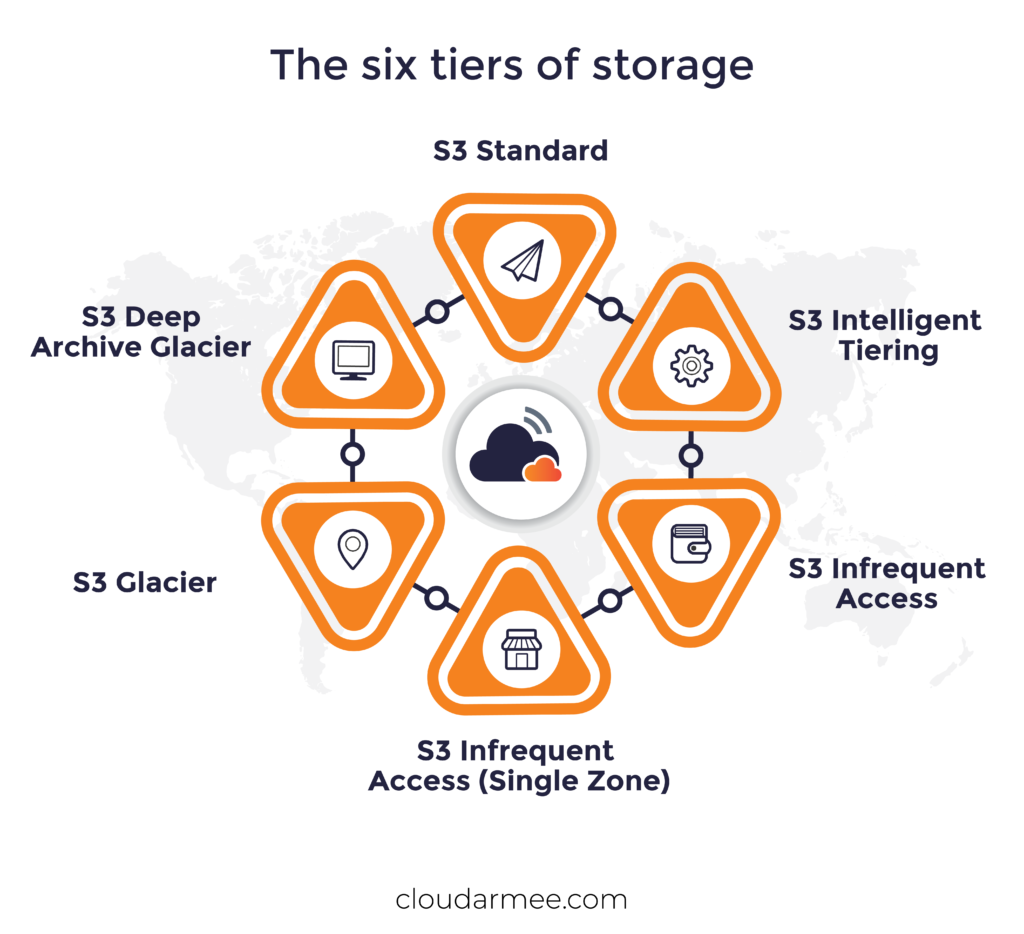
Amazon Web Services (AWS) offers a robust and adaptable cloud infrastructure that empowers businesses to expand their operations and introduce cutting-edge solutions. Nevertheless, without meticulous planning and optimization, expenses associated with AWS can rapidly rise.
AWS provides diverse pricing options and cost structures for its services. AWS DevOps Consultants can help you understand these crucial choices for optimizing your AWS usage and minimizing costs. A comprehensive understanding of the pricing model empowers you to make informed decisions regarding selecting services and their configurations, tailoring them to meet your specific requirements.
Understanding the AWS pricing model and cost structure is vital for optimizing your AWS usage and controlling costs. AWS consultants can help you select the pricing model that aligns with your workload and adjust your usage to minimize expenses.
Right-sizing EC2 Instances: Adjusting instance sizes to match workloads is known as right-sizing. While it’s effective for instances with peak utilization below ~45%, it’s crucial to analyze utilization metrics and consider alternative instance families for optimal results.
Scheduling On/Off Times: Schedule non-production instances for on/off times, saving approximately 65% during scheduled “on” periods. Analyze utilization metrics for more aggressive schedules and note that costs for associated components like EBS volumes still apply during scheduled “off” times.
Purchasing Reserved Instances and Savings Plans: While purchasing Reserved Instances reduces costs, effective management is vital. Consider variables before purchase, monitor utilization throughout the reservation, and be cautious of potential cost increases due to changes in AWS pricing.
Deleting Unattached EBS Volumes: Unattached Amazon Elastic Block Store (EBS) volumes, if not deleted, contribute to monthly AWS bills. Consider this practice, especially if numerous instances are launched without the “delete on termination” option.
Deleting Obsolete Snapshots: Although individual snapshot costs are low, savings can accumulate by regularly deleting unnecessary snapshots. Keep the most recent snapshots for data restoration and assess the frequency of keeping older snapshots.
Releasing Unattached Elastic IP Addresses: Unattached Elastic IP addresses may incur charges, even though they are minimal. For multiple AWS accounts, these costs can accumulate, making it worthwhile to release unattached addresses.
Upgrading Instances to the Latest Generation: Keep an eye on AWS announcements regarding the latest generation instances. Upgrading to newer generations or downsizing instances with borderline utilization metrics can provide improved performance at a lower cost.
Purchasing Reserved Nodes for Redshift and ElastiCache Services: Reserved Nodes for services like Redshift and ElastiCache offer term-based discounts. Consider these purchases concerning payment options and the necessity to upgrade nodes for ElastiCache.
Terminating Zombie Assets: Identify and terminate unused assets contributing to AWS costs, such as unattached EBS volumes, obsolete snapshots, and unused Elastic Load Balancers. Use tools like CloudHealth for comprehensive visibility.
Moving Infrequently-Accessed Data to Lower Cost Tiers: Leverage AWS’s tiered storage options based on data access frequency. Storing infrequently accessed data in lower-cost tiers can result in substantial savings.

Implementing best practices for AWS cost optimization requires continuous attention. Regular monitoring of your AWS Cloud is essential to identify instances of underutilization or non-utilization and seize opportunities for cost reduction through removing, terminating, or releasing idle assets. Additionally, maintaining oversight of Reserved Instances is crucial to ensure their full utilization.